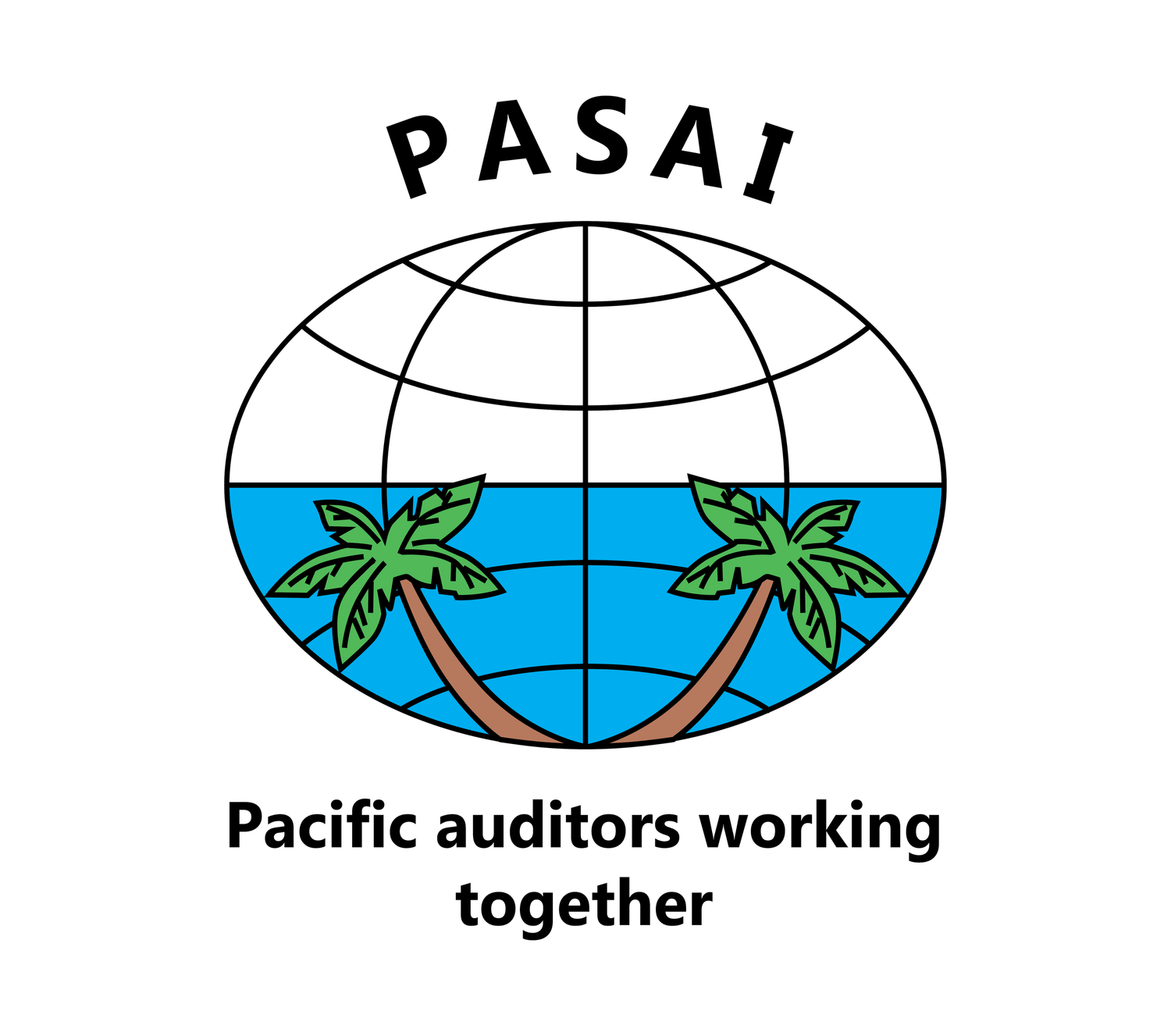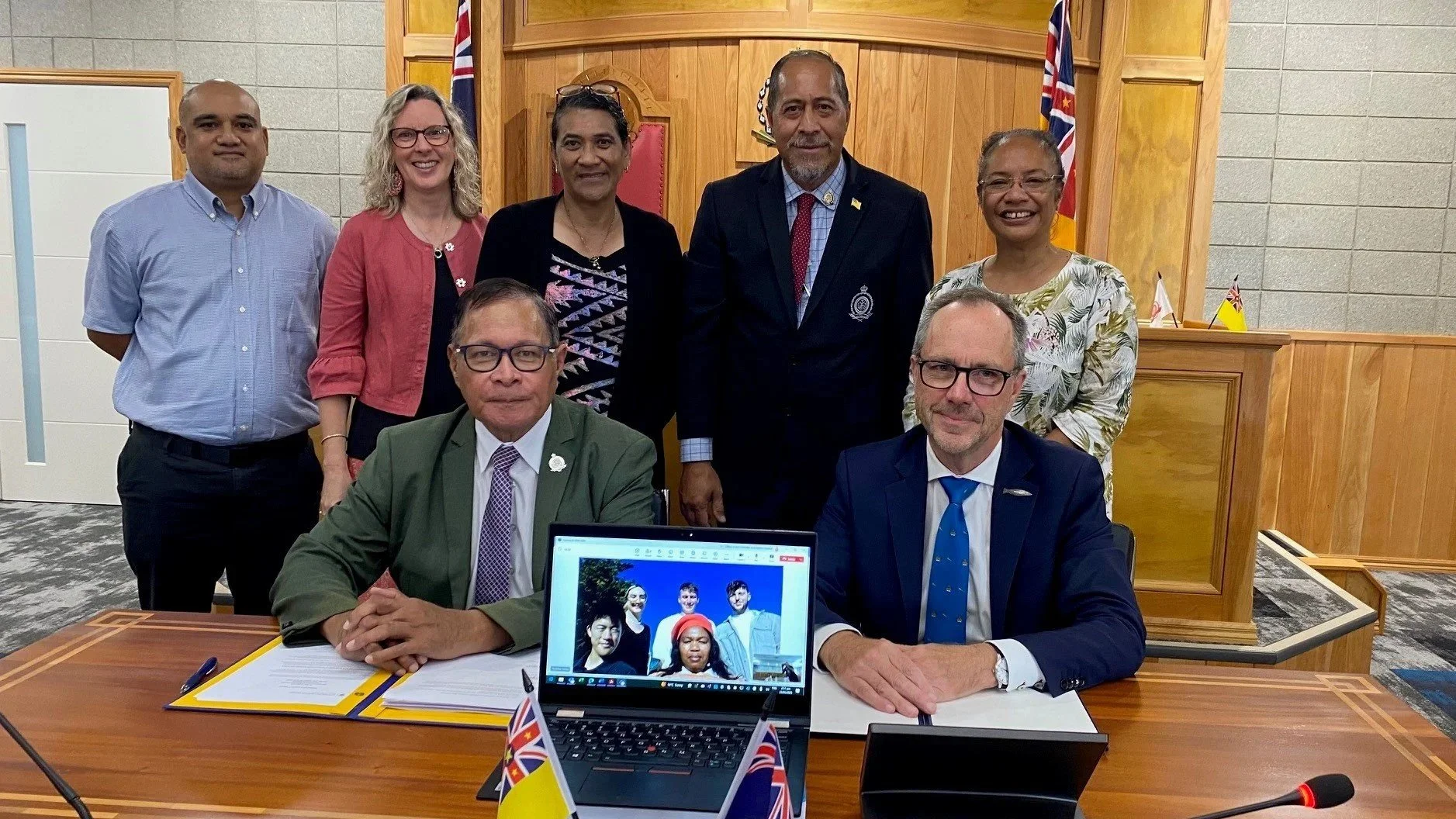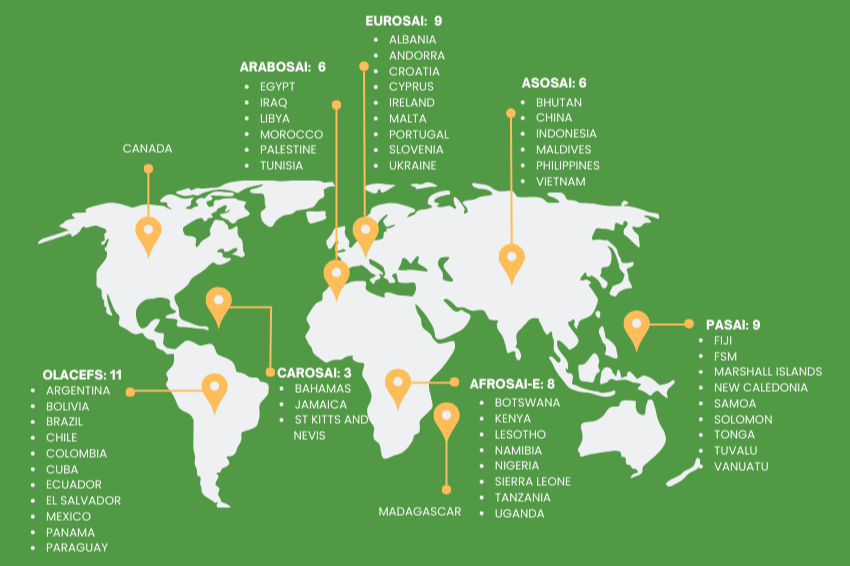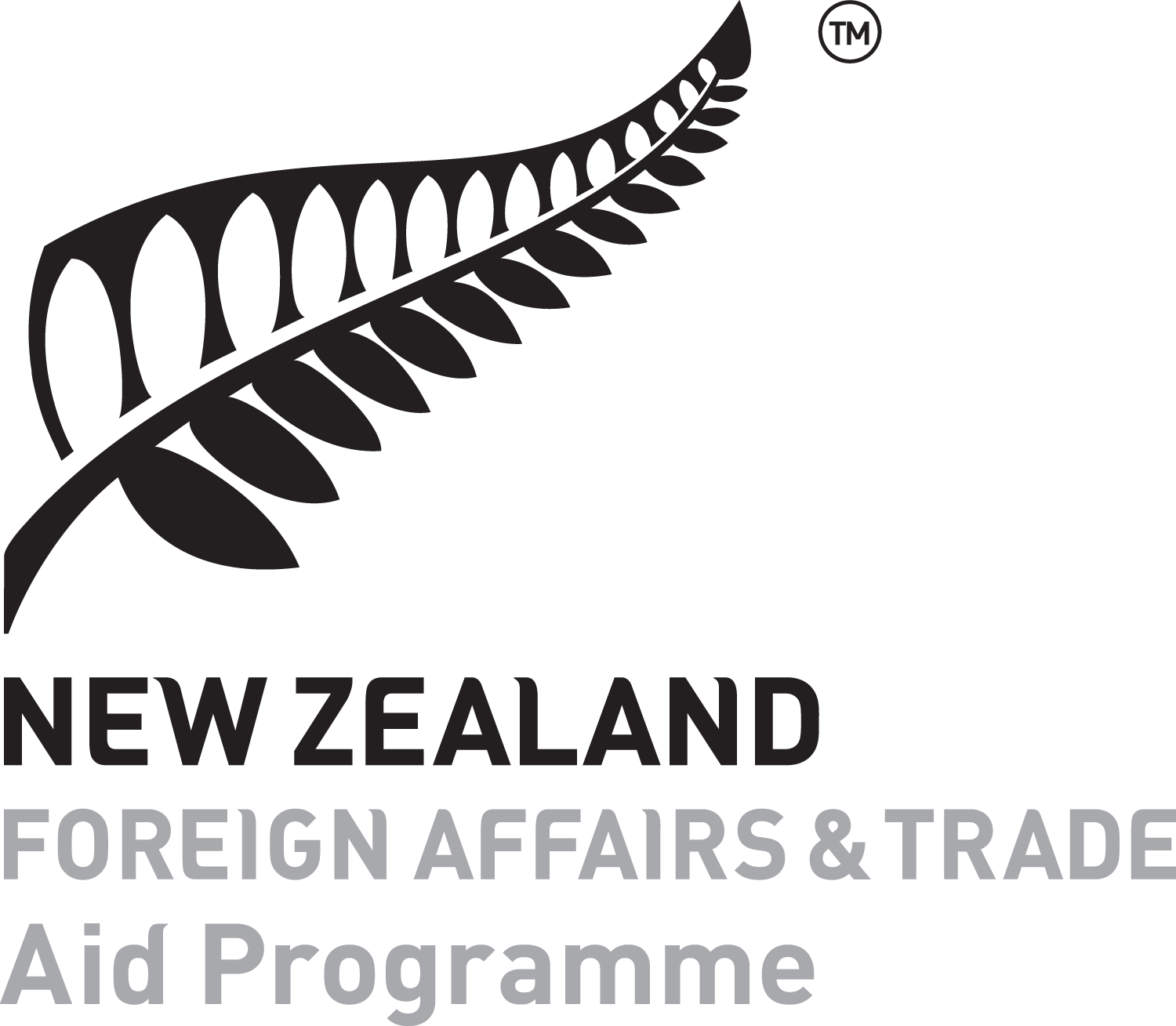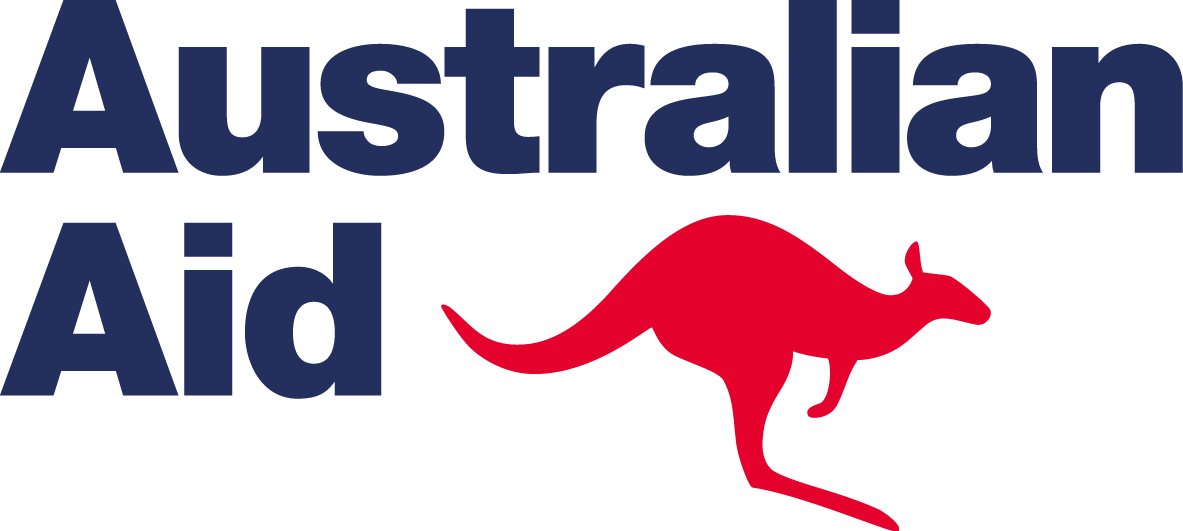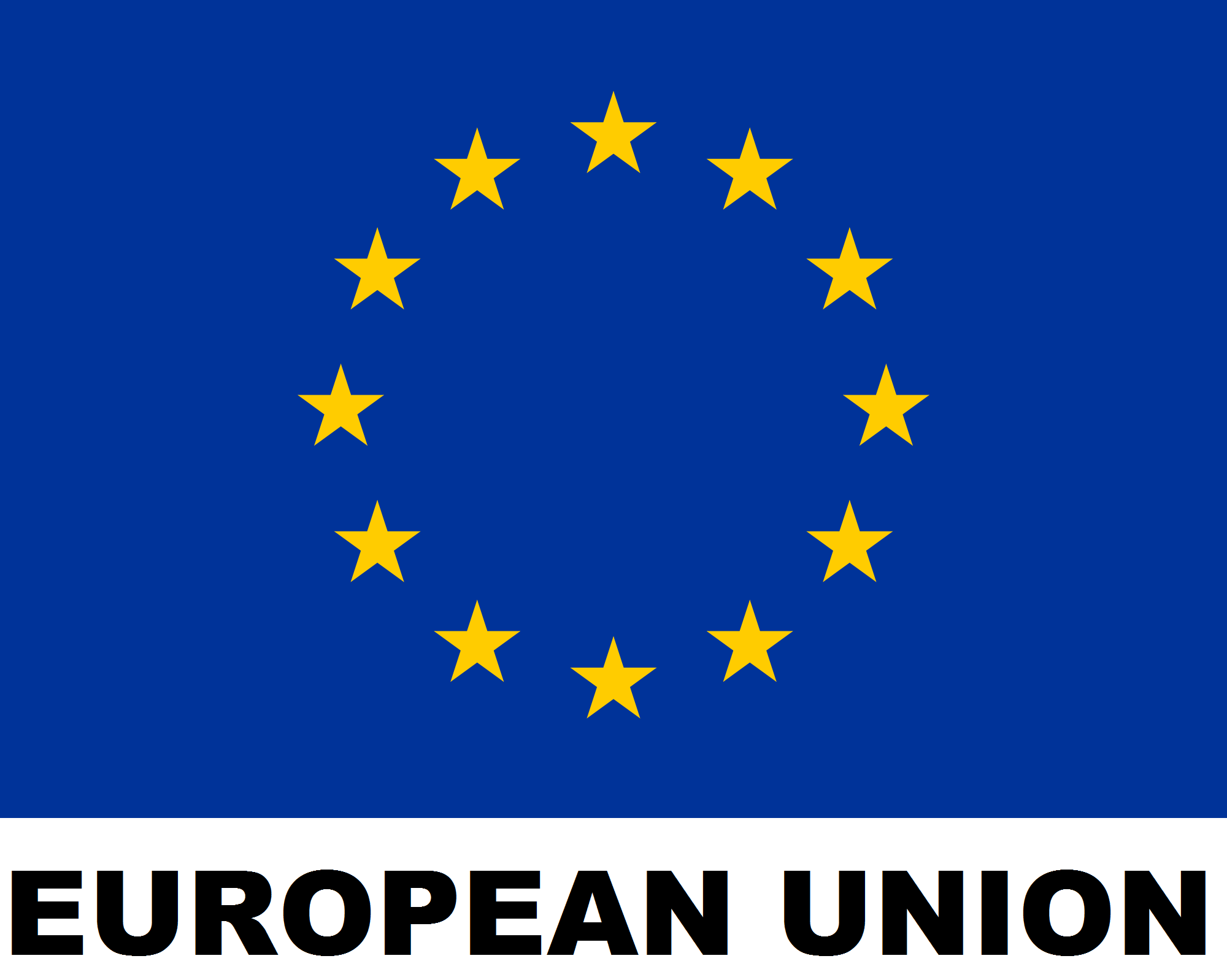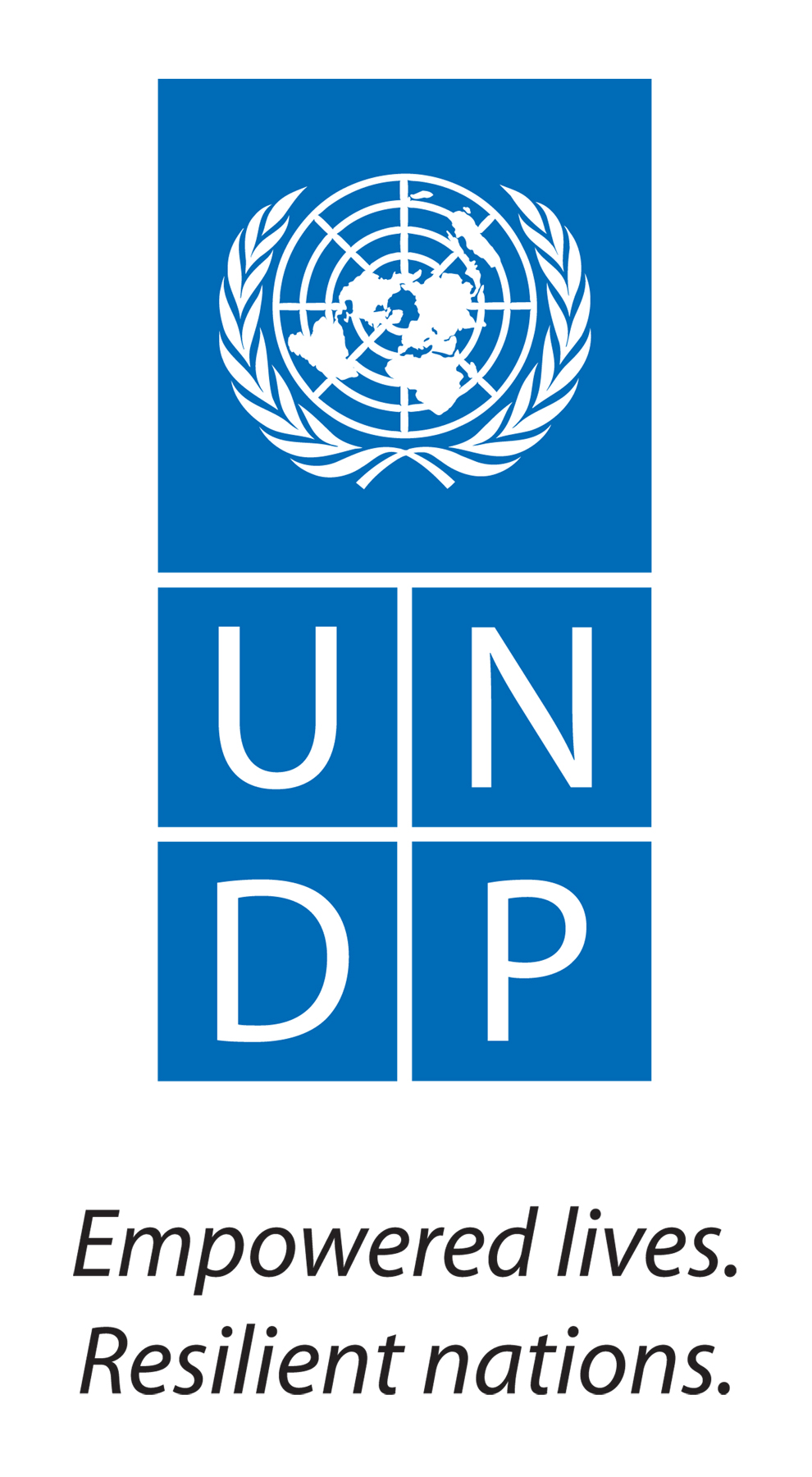By Sarah Markley, Deputy Secretary-General of PASAI and Director, International Engagement, Office of the Auditor-General of New Zealand
As we catch our breath (or perhaps continue to remind ourselves to breathe) in the countdown to Christmas and the end of the 2025 calendar year I have been reflecting on my Pacific- and PASAI-related highlights of 2025.
I think of the pride and satisfaction that has come from being part of the thriving PASAI Women in Audit community of practice – and note that this is now a monthly institution of the PASAI program that followed on from the very successful in-person gathering in Apia, Samoa in February 2024.
I think of the hard work that went into holding an additional webinar and publishing a companion advocacy paper to make the most of the previous New Zealand Auditor-General and PASAI Secretary-General’s end of term. These drew primarily from the understanding the S-G built through interactions with his peers on the issues the Pacific faces to build and protect accountability and transparency.
I think of the privilege of celebrating the milestone of getting up to date on accountability with the Government of Niue. There was a mutual sense of achievement with the Speaker, Minister of Finance and other MPs and officials in Niue as we completed the final steps to enable the accounts to be signed off and the audit opinion to be issued on-island in May. I note the effort we went to so that the audit team, who could not be with us in-person, could join the occasion online. For them this involved propping a laptop up on the hood of a car during their off-site team-building day. Making them part of the final step in a large and prolonged piece of work as it came to its conclusion was important.
I think of the momentum created once again as PASAI members joined together at the successful PASAI Congress in Nouméa, New Caledonia in August. I note particularly the satisfaction (and relief) as we achieved the needed majority vote to adopt the revised PASAI Charter, concluding a significant piece of work to align to the requirements of New Zealand’s new incorporated societies legislation built off many online meetings in the prior 9 months.
I think of the fun it was to come together with 7 other likeminded women for the recent IntoSAINT facilitator training at the Audit Office of New South Wales, in Sydney. This was the culmination of much planning, marking an important step to bring this powerful integrity tool back into active use in the Pacific region after COVID-19 prevented its planned rollout during 2020. Through many online meetings with colleagues around the world, we worked on and then piloted enhancements to the tool on behalf of many future users.
And last but by no means least, I think of INCOSAI. INCOSAI is INTOSAI’s premiere 3 yearly in-person gathering of all INTOSAI members which I recently had the privilege of attending in Sharm El-Sheikh, Egypt. INCOSAI provides an opportunity for INTOSAI members to come together and share experiences, discuss issues and pass resolutions and recommendations to improve accountability worldwide. INCOSAI is a huge event. Participants include delegations from many of INTOSAI’s nearly 200 members, as well as representatives of all INTOSAI’s committees and working groups, representatives of the United Nations, various SAI development partners and other international and professional organisations.
In such a huge crowd and with a busy agenda of cascading committee, governance and full member meetings and technical sessions, INCOSAI can be a bit overwhelming. But the joy of in-person connection, reconnection and new friendships within the INTOSAI family remove all feelings of being lost in a crowd. Instead, INCOSAI is a valuable opportunity that opens minds and opens doors and boosts the determination of all members to continue on their accountability and good governance mission.
While we have achieved incredible advances over the last 5+ years in what we do without getting on a plane, since the COVID-19 pandemic, in my view the opportunities to come together in person with colleagues remain a highlight of working life. These interactions strengthen bonds and make working in other ways stronger and more effective.
There has been a lot of publicity around INCOSAI. It was very well reported on by the International Journal of Government Auditing, SAI Brazil (Chair of INCOSAI XXIV), SAI Egypt (Chair of INCOSAI XXV) and SAIs Australia, Fiji and New Zealand who attended from the PASAI region. I encourage you to check out the perspectives from each of these sources.
But my lasting memories will be these:
The joy of hugging an ex-colleague now working in an international agency.
The excitement of talking with colleagues from PASAI and chatting through the ideas shared in a session earlier that day that we think can be transferred into future programs.
The tentative “hi” in the airport arrival hall with colleagues from Africa that became a warm daily chat and has led to sharing of New Zealand resources that will help them meet a new audit mandate.
The surprise of an incidental conversation around the coffee machine to find out that person knows a personal friend from the same country.
The time spent over morning tea and lunch, and in various INCOSAI booths chewing over potential future collaborations that is now leading to new joint initiatives and sharing of resources in the coming year.
Sadness for friends and colleagues unable to attend who will end their terms without another opportunity to join their colleagues in person.
Personal connections are critical to advance PASAI’s mission which is:
to promote good governance, public accountability and integrity, and to strengthen SAI capacity to SAI capability to deliver quality, impactful and timely audits that enhance public sector performance.
I end 2025 certain that PASAI is well placed through its connections across the INTOSAI family, refreshed through meetings at INCOSAI, and built off a strong foundation of relationships established through its many programs to support its members to achieve our shared mission in 2026.

